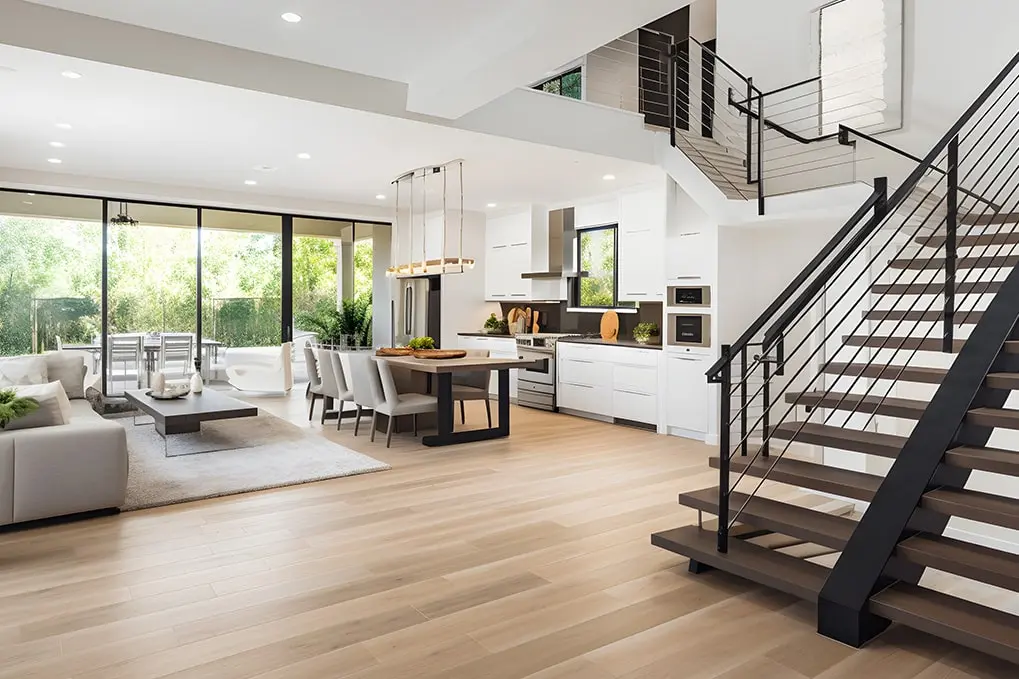1. Read your lease. No, seriously read it. It won’t be the most exciting night table material but you’ll thank yourself when you do read it. A lease is a binding legal contract. It creates a binding relationship between you and your landlord. What are you agreeing to? If you don’t understand, ask questions before you sign it. 2. If you don’t know if it’s allowed, get permission. “These rooms could use a fresh coat of paint in a new, exciting color.” “Hey, we should get a puppy!” “Let’s replace the light fixtures in the dining room.” These all seem like tasteful upgrade, so clearly they are improvements to the place. Get the landlord's written permission first. If the lease says "DON'T," you must get the exception in writing (not a verbal, not a handshake — in writing) to make it a "DO." Save the signed letter and keep it in a file. You'll need it later when you move out and your landlord has forgotten.

By PMW - Monday, May 6, 2024
Author

PMW
PMW originated from a crucial observation: the absence of industry-specific expertise in web development. Through our robust, integrated suite of marketing solutions, complemented by our in-house design and development team, we've ascended to the forefront of the industry, revolutionizing property managers' businesses with our transformative websites.
PMW originated from a crucial observation: the absence of industry-specific expertise in web development. Through our robust, integrated suite of marketing solutions, complemented by our in-house design and development team, we've ascended to the forefront of the industry, revolutionizing property managers' businesses with our transformative websites.
![[Company Name] Logo](/images/logo.webp)